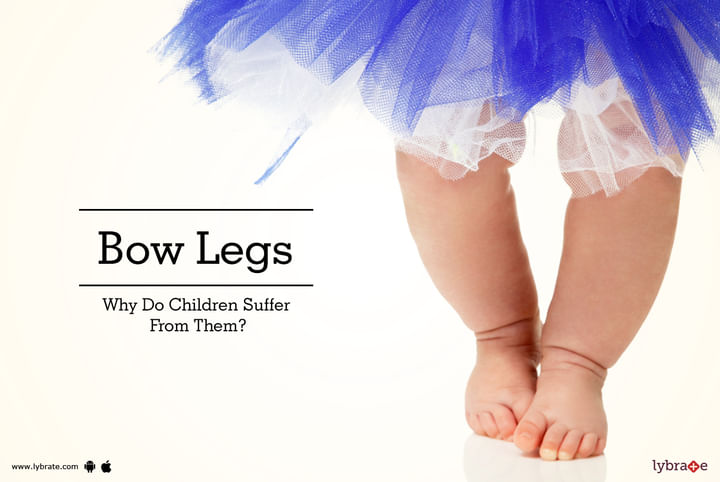Bow Legs - Why Do Children Suffer From Them?
This is a very common condition seen in toddlers. When the legs are brought together then there is a gap at the level of the knee. It happens because of inward bowing of thigh bone or tibia. The deformity may appear to increase on standing.
Daily requirement of calcium
The optimal primary nutritional source during the first year of life is human milk. Premature infants have higher calcium requirements than full-term infants while in the nursery. These may be met by using human milk fortified with additional minerals or with specially designed formulas for premature infants. Around 6 months of age when weaning foods are started, food items rich in calcium should be added. Readymade formulas are fortified with calcium but one must remember that the bioavailability of calcium from human milk is greater than that from infant formulas or cow's milk. Hence breastfeeding should be encouraged. In children age 2-8 years the daily requirement is around 800 mg/d. In children 9- to 18-year-olds the daily requirement is 1,200-1,500 mg/day.
Some of the common items that are rich in calcium are.
| Food Item | Quantity | Amount of Calcium in each serving |
| Milk | 1 cup (240 ml) | 300 mg |
| Cheddar cheese | 1.5 oz (42 g) | 300 mg |
| Spinach cooked | 1/2 cup (90 g) | 120 mg |
| Sardines or salmon with bones | 20 Sardines (240 g) | 50 mg |
| Sweet potatoes | 1/2 cup (160 g) | 44 mg |
Babies younger than 1-year-old need 400 IU of vitamin D a day. Kids older than 1 year need 600 IU or more of vitamin D a day. Our bodies make vitamin D when our skin is exposed to the sun. The recommended exposure to sunlight is at least 30 min every day. There are various fortified food items that have vitamin D. Also medicines are available which can provide the daily requirement of Vitamin D
Physiological genu varus. In most of the toddlers, the legs are curved inwards. They should improve over a period of time. The legs should straighten by 2 yrs. The child should be investigated if the deformity is severe; the deformity is only in one leg, if the child complains of pain and if the child appears unusually short. In case you have a concern or query you can always consult an expert & get answers to your questions!



+1.svg)
